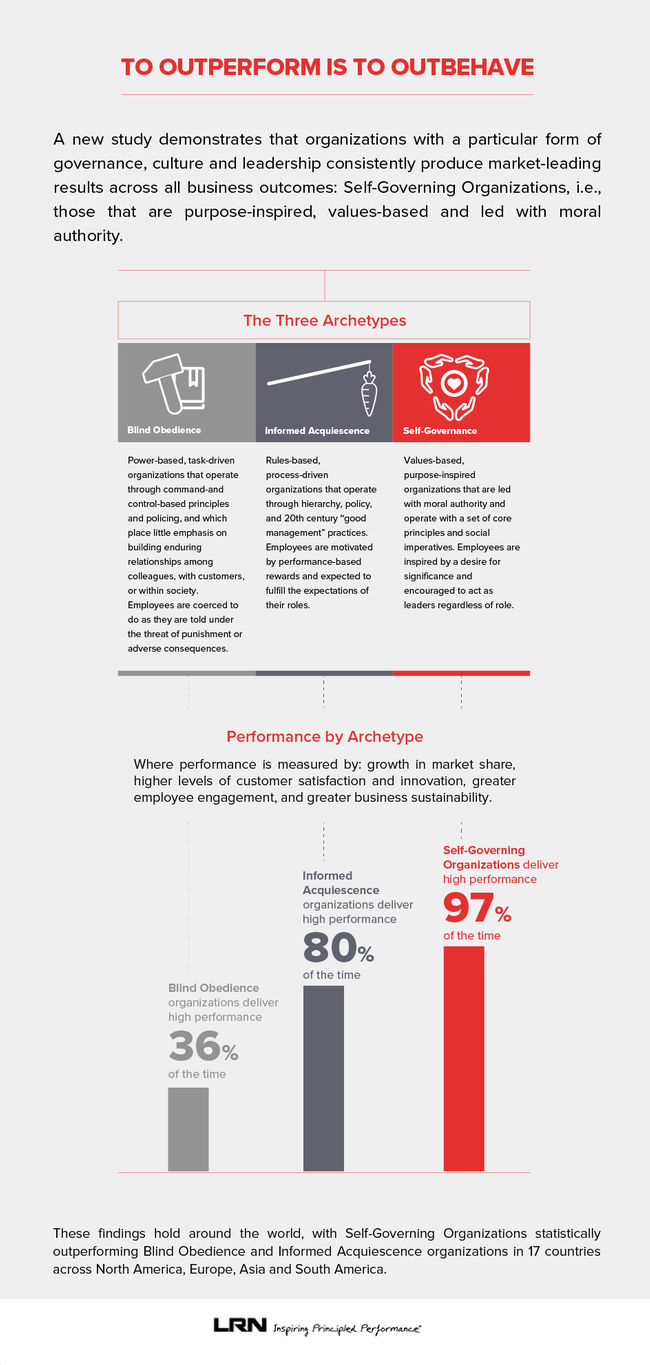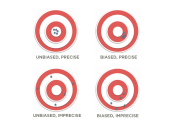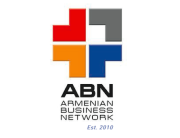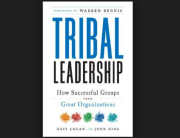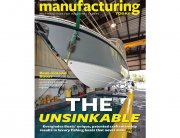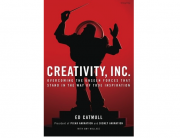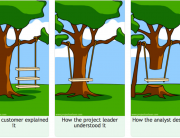I was recently engaged by a VP of Operations to help him make the case for Lean to executive leadership. To that end, I was also tasked with convincing the CEO to revisit (and maybe refine) the organization’s values, purpose, goals. My recommendation was that an airtight business orientation would be essential to driving the organizational alignment necessary for Lean to flourish.
While I waited for my meeting to start, I overheard someone berating a coworker in the hall outside of the conference room I was in. At that moment I happened to look up and notice the company’s requisite mission, vision, values poster on the wall: The first value was “Respect for people”. I chuckled to myself and doubted how well my pitch was going to go. I figured if the person felt comfortable yelling at someone out in the open then there was no way this company was governed according to the words I was looking at and it was unlikely that they were pursuing Lean for the right reasons.
The Values-Culture-Performance Loop
To be fair, most companies struggle with practicing what they preach. Its not that they don’t think they should, but because they often don’t have the structures, systems and processes in place to hold employees accountable to those behaviors. When clear and obvious violations of those values occur and its business as usual, it’s an unmistakable indication of culturally motivated performance issues.
This matters because employee behavior is where culture lives. And that five-minute exchange in the hallway was telling. Without being briefed, I already knew of a handful of challenges that stood between the organization and its potential. These challenges would also hamper their adoption of Continuous Improvement:
-Lack of accountability
-Lack of protection for employees
-Absentee leadership
-Poor communication / conflict resolution skills
-Culture of complaisance
The Values Litmus Test
Too often determining an organization’s values are an exercise in putting together a list of what sounds good. How many times have you heard “family values” espoused by a company that under compensates its employees or doesn’t hold people accountable for disrespectful behavior?
Ideally values are revisited every year (preferably during strategic planning time) and are borne of the positive behaviors that manifest already versus a rebranding exercise or one time decree. Here’s how you know if your values are authentic and carry any weight with your organization:
(Hint: If they are optional – they are aspirational at best.)
1) Are they specific enough… to govern by? To hire and fire by? To make absolute?
2) Are they meaningful enough to create policy against, to manage against, to evaluate against, to promote by and protect?
If not, then why engage in the practice of creating values? The employee behaviors and business outcomes you hope will result from engaging in this exercise will never come to fruition if they aren’t constantly demonstrated – in every facet of your organization. Not just in a town hall, not just because you regularly bring in breakfast or because there are casual Fridays.
The 2016 HOW Report confirms the benefits of values based governance on organizational effectiveness overall. One of the reports most significant findings was that, “organizations that deliberately focus on purpose, values, trust and behavior outperform those that adhere to more conventional ways of doing business.”
Yes but, what do values have to do with Lean?
Ninety-nine percent of the time, I’m brought into an organization to address a performance issue – specifically one related to operations. It is often expected that I will address and resolve said issue in a vacuum. Needless to say, clients whose culture isn’t attuned to their stated values don’t understand what their business orientation (values, purpose and goals) has to do with CI.
The short answer is that values tell the organization how to behave and as a result guide how Continuous Improvement will be introduced and implemented. In turn, how CI is implemented increases the likelihood that improvements will be sustained and the spirit of Continuous Improvement will take hold.
Below are two high level examples of Lean implementations. The first one is a common scenario – one of the 97% of implementations that fail. The second is an example of the kind of success stories that motivate organizations to give Lean a try.
Lean as a means to a financial end
Goal: Cut costs
Implementation: Coercive exercise with little to no executive leadership support that runs roughshod over employee opinions, needs and concerns in the name of quick wins in a very short time frame. Little to no training or coaching is provided throughout the process but employees are expected to deliver nonetheless. In essence, Lean happens to the employee population.
Result: Difficult, emotionally draining uphill battles that yield results painful to sustain. Six months to a year later, its business as usual and Lean isn’t considered to “work at this kind of business”.
Lean to make good on values
Goal: Improve working conditions by addressing process flow.
Implementation: Takes into account value of “respect for people” to include stakeholders in decision making process. Aligns with strategic goals and employees are given the proper runway, guidance and support to be able to adopt CI practices via experimentation and success.
Result: Invested in their own success, employees champion CI because they believe in the effort and see that the result has a positive impact on their experience. The organization benefits from the ensuing cycle of purpose driven engaged employees, positive culture and enhanced performance across a variety of key performance indicators – even those that have yet to receive Lean intervention. With continued executive support, the company benefits from these results for years to come.
So, you’re ready to explore Lean, or engage in any other change initiative and progress is stalled out – where do you go looking for guidance? Your organization’s values will tell you how to proceed. If they don’t, then you’ve got yourself a first step.


